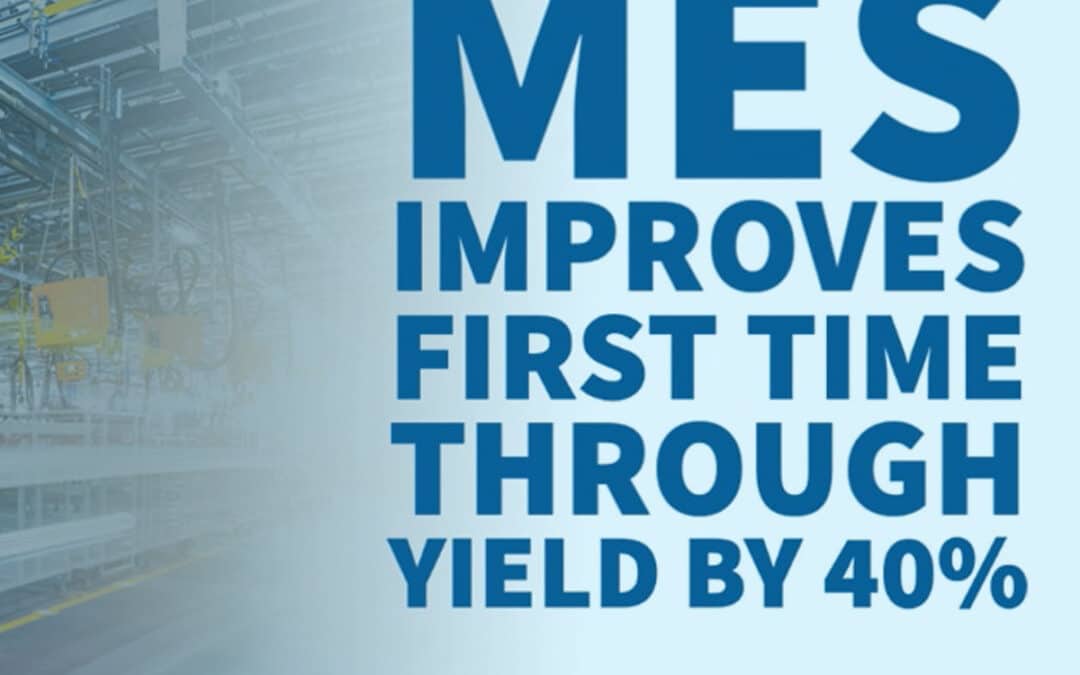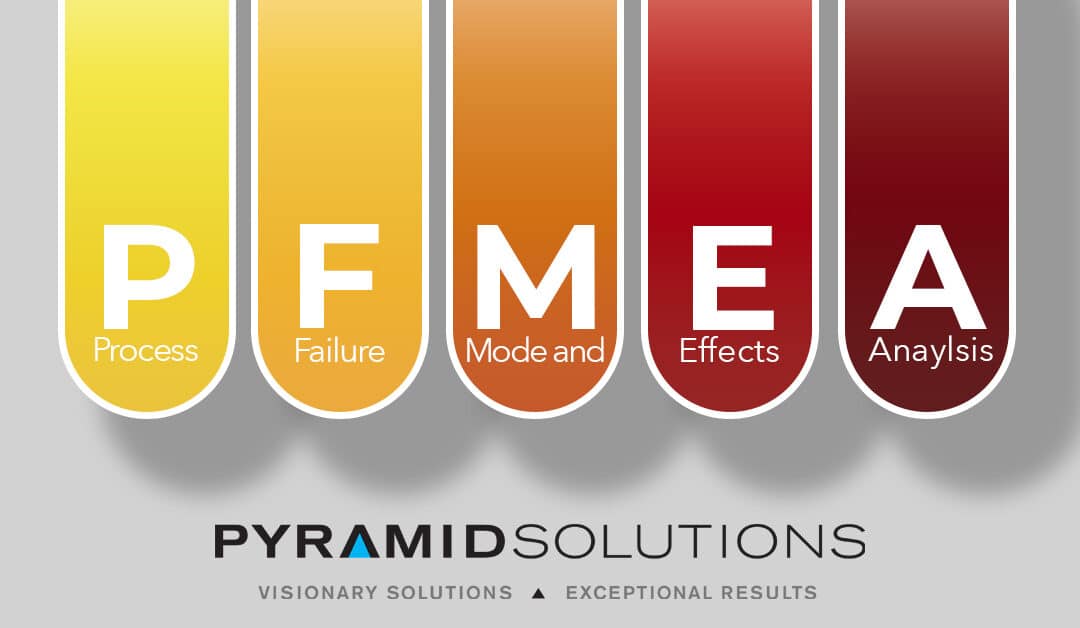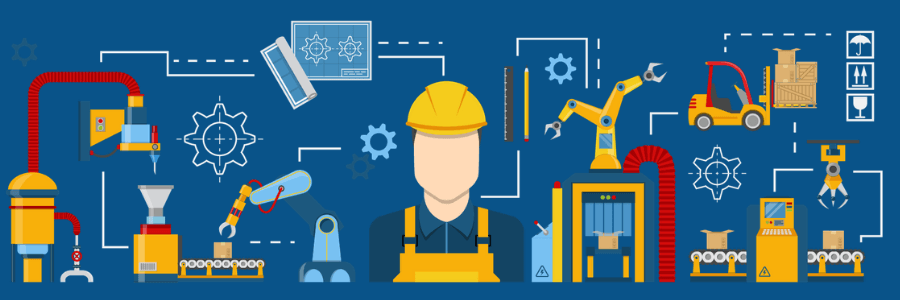
IntelliWORKS Positions Tier 1 Automotive Supplier for Organic Growth with New Sequencing System
Tier 1 Automotive Supplier implements IntelliWORKS. Find out how our MES met and exceeded our client’s goals.

Tier 1 Automotive Supplier implements IntelliWORKS. Find out how our MES met and exceeded our client’s goals.

OEM implements IntelliWORKS to fulfill need for in-line and end-of-line testing on products. Find out how our MES met and exceeded our client’s goals.


Pyramid Solutions helps Traceability Solution Saves Supplier Millions. Read our case study to see how Pyramid Solutions helped out.


There are plenty of factors that affect overall efficiency on the plant floor, but even with advancements in technology and automation, efficiency still greatly depends on the employees operating the machines and making their way around the factory floor. Read on to see how MES data and analytics can help optimize labor efficiency in these environments.

Data is constantly the talk of the town. Manufacturers have the ability to collect data on almost anything. So the question becomes, what data should you collect? We identified eight key performance indicators (KPIs) that manufacturers should track and why.
![]()

What is Lean manufacturing? Lean manufacturing or lean production, is a systematic method for waste minimization within a manufacturing system without sacrificing productivity. To be a lean manufacturer, you need an agile manufacturing execution system (MES) that adapts to the manufacturing processes and provides monitoring and control functions to efficiently produce quality product in a non-intrusive manner.

Where do you start when you need to ensure that your manufacturing process runs as smoothly as possible without any surprises? Keep reading to learn how to calculate your process’ RPN (Risk Priority Number) and download our Process Failure Modes Effect Analysis template to start error-proofing your processes today.


For us to understand how to avoid a Quality Alert, we must understand what it is. By definition, a Quality Alert within the Manufacturing Industry is an official notification from the customer of the defects within a supplier’s delivered parts. In a typical manufacturing scenario, after a manufacturer receives a Quality Alert, the supplier is then required to construct and follow a remediation plan to avoid the described defects in all future deliveries.

Sequencing automotive parts consistof real-time communication with the customer and suppliers, building products in a set order, and shipping quality products on time. Because of the nature of JIT manufacturing, it is critical for manufacturers to have real-time reports of their sequencing processes.
As the need for visibility is so important, we thought we’d share some reports our clients are using today to keep the flow of real-time information visible and ensure their production goals are met.